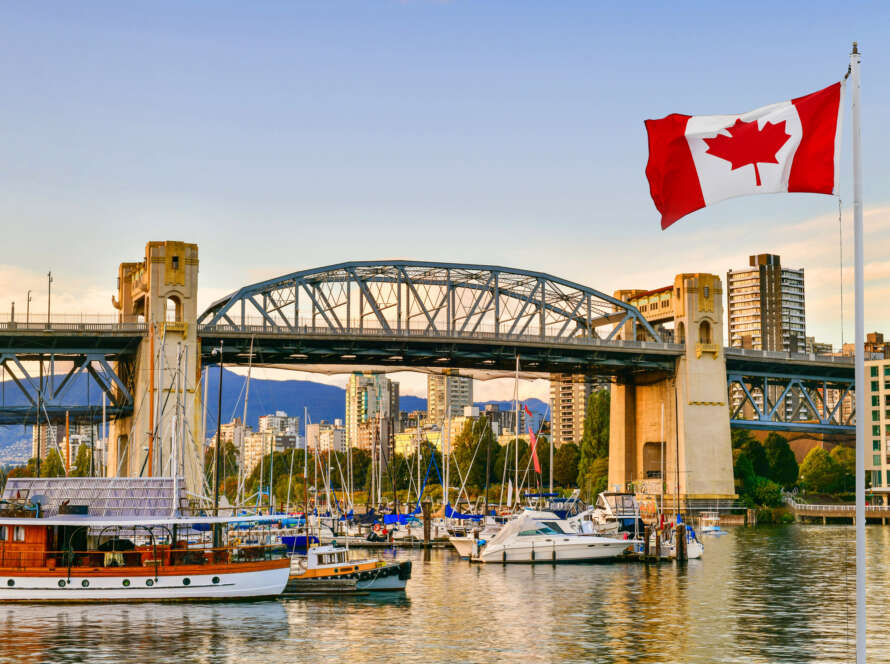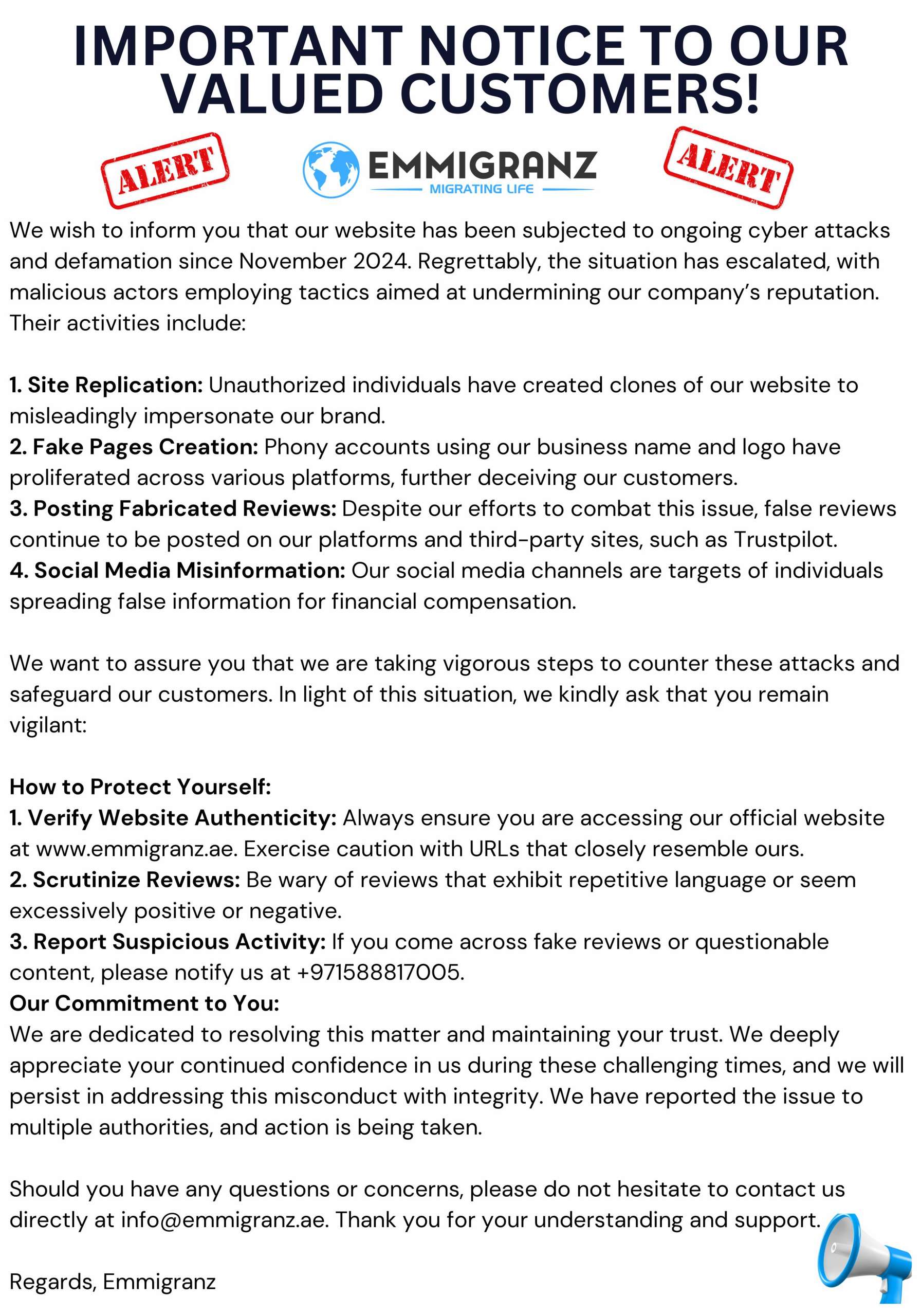The EU’s New Pact on Migration and Asylum, adopted in May 2024, represents a significant overhaul of the European Union’s approach to managing migration and asylum. This comprehensive framework aims to address longstanding challenges and create a more balanced and efficient system.

Key Features of the Pact
Accelerated Asylum Procedures
The pact introduces a 12-week maximum processing time for asylum applications from countries with low recognition rates
1. This measure aims to:
- Reduce the backlog of asylum cases
- Quickly identify and process unfounded claims
- Allow for faster integration of genuine refugees
Solidarity Mechanism
A new solidarity system requires EU member states to share responsibility through:
- Accepting asylum seekers for relocation
- Providing financial contributions to support frontline states
- Offering operational support1
This flexible approach allows countries to choose how they contribute, addressing previous disagreements over
mandatory quotas.
Enhanced Border Controls
The pact strengthens external border management by:
- Introducing pre-entry screening for all irregular arrivals
- Expanding the role of EU agencies like Frontex
- Implementing more efficient return procedures for rejected applicants
Partnerships with Non-EU Countries
To address root causes of migration, the pact emphasizes:
- Cooperation with countries of origin and transit
- Development aid and legal migration pathways
- Readmission agreements to facilitate returns
Implementation and Challenges
The pact is set to be implemented in 2026, allowing member states time to adapt their systems and procedures
1. However, several challenges remain:
- Ensuring uniform application across all EU countries
- Balancing border security with human rights protections
- Addressing concerns from frontline states about potential increased responsibilities
Conclusion
The EU’s New Pact on Migration and Asylum represents a significant step towards a more coherent and comprehensive approach to migration management. By balancing solidarity with security and efficiency, it aims to create a sustainable system that can adapt to future migration challenges while upholding European values.



